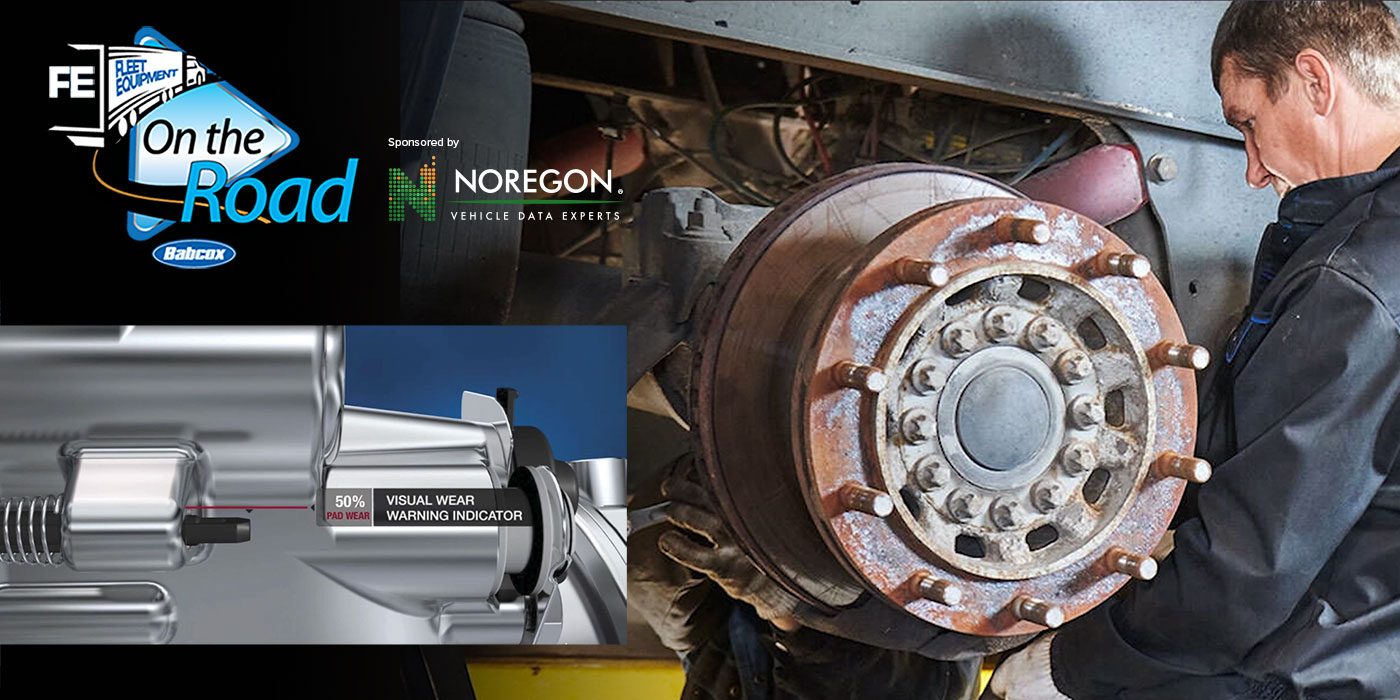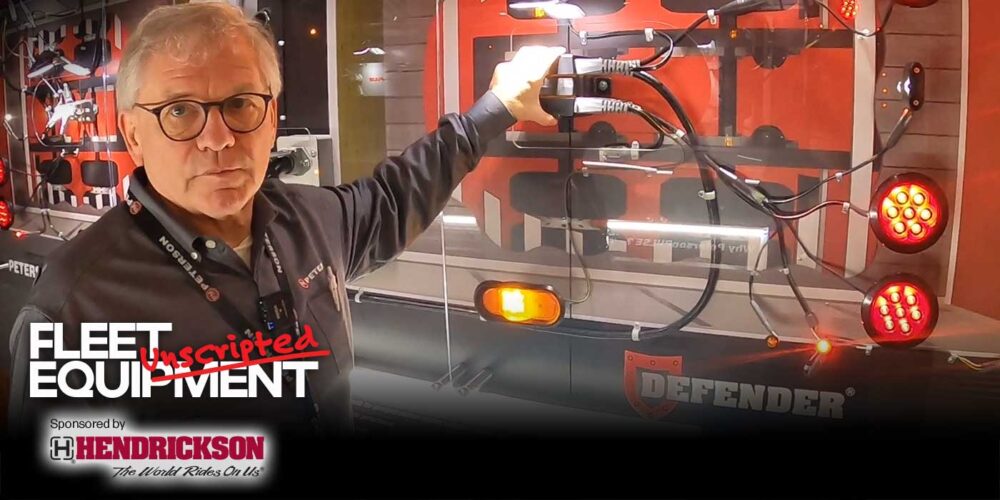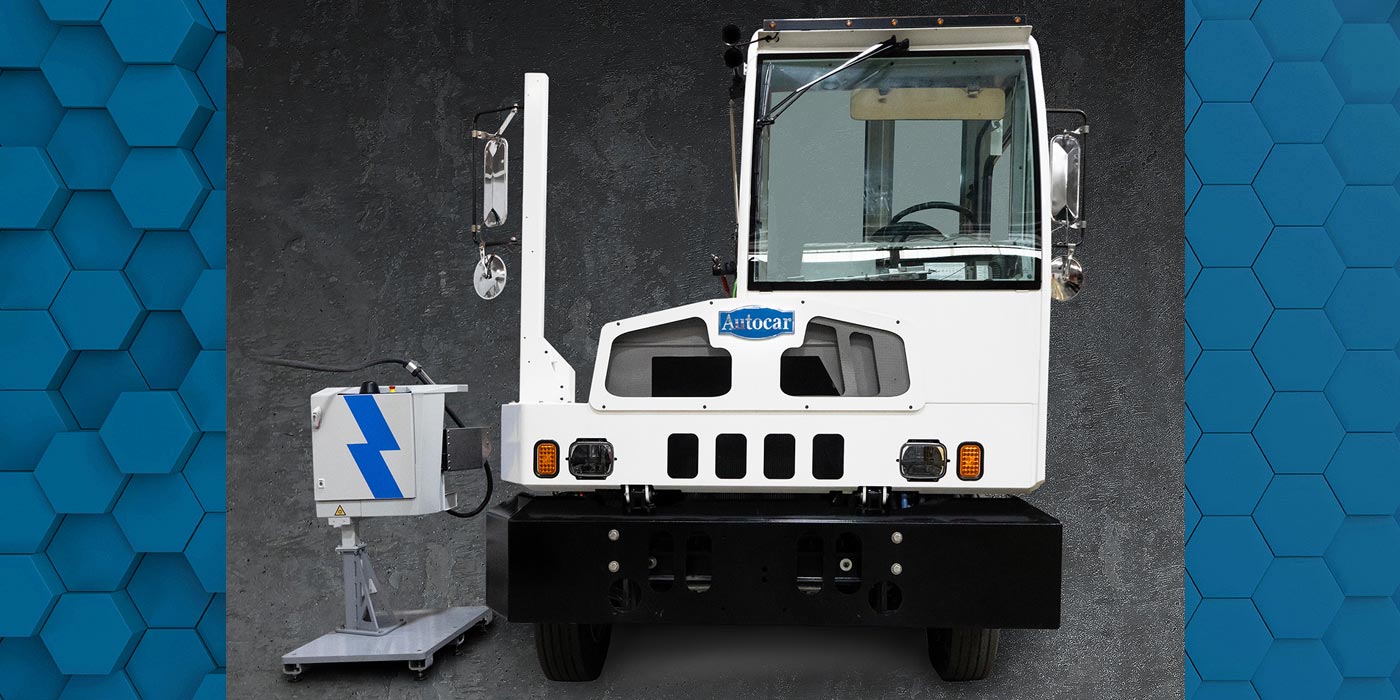When it comes to running electric trucks, It’s a Long Way to the Top if you’re starting from the bottom. It’s a whole new set of rules, and when you’re talking about High Voltage, you need to get the details right if you want to get your numbers Back in Black.
Shameless song title plugs aside, today we’re talking about AC/DC. But we’re going beyond the legendary half-century-old Aussie rock band, and heading into the territory of knowing which you should plan to use to grab a decent charge for your electric trucks.
You’re likely in charge of setting up your fleet’s EV charging infrastructure, but how do you decide what kind of power you need? And should you have both on deck, just in case? Let’s talk about that.
Click here to watch more of FE’s On the Road video series.
Let’s talk power: AC Power can provide you with an electrical current of 16-80 amps. AC charging tops out at about 19 kilowatts, but one of the biggest advantages here is that standard building wiring can typically support an AC charger. No crazy infrastructure requirement is necessarily needed, here.
DC Power, on the other hand, will likely require an additional on-site electrical infrastructure investment to support this kind of energy from your utilities. The trade-off here is that this form of energy typically starts above 20 kilowatts – meaning DC starts where AC tops out – and the average deployment is closer to 50 kilowatts or above.
DC Power tends to be a bit more… we’ll say, glamourous? Because it supports fast-charging capabilities. That’s where you start talking about power outputs of 150 kW, 200 kW and beyond.
So, AC charging: low voltage, slower charge, easy on the infrastructure needs. DC charging: high voltage, faster charge, more complicated infrastructure needs.
Now, whether a truck is charging on an AC charging station or a DC fast charging station, in both cases it’s the vehicle itself controlling the flow of energy to the battery. The difference is that the power conversion happening, meaning AC to DC, happens onboard the vehicle if you’re using an AC charger. When you’re using a DC charger, the AC to DC power conversion happens in the charging station instead.
Cost-wise, it’s always better to charge your trucks slow and low, meaning, at a low voltage for a longer period of time – that’s what AC charging is going to provide you. But that’s not always possible. Sometimes you simply don’t have the time to wait overnight or even longer to get a charge sufficient to meet your needs. So in many cases, you’ll find fleets will opt to install both AC and DC charging capabilities at their home base.
Of course, it’s important to note what kinds of trucks you’re running, how many electric trucks you’re running, and what your actual needs are. Many lighter-duty vehicles, for example, come standard with AC charging because they typically have smaller batteries and will support lower power charging for most situations needed in fleet operations.
I’ve said it before and I’ll say it again: If you have any questions on what will work best for your individual use case, check in with your OEM. They’ve seen it all, and they want to see your fleet succeed.













